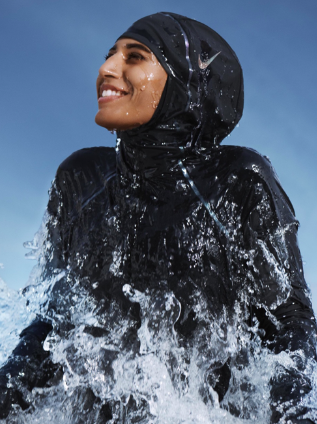
HAPPY INTERNATIONAL STRAIGHT, WHITE WOMEN’S DAY
Rahcel Ayeh-Datey
06/03/2020
The industry has come a long way in how it represents straight, white women, but it still has a blindspot for any other type of womanhood. Rachel Ayeh-Datey, Senior Data Strategist at BBH London, wants to know why.
As International Women’s Day looms nearer, we will see an influx of advertising celebrating women for our many strengths. However, these women will mainly be white, straight, able bodied and fit the acceptable standard of womanhood.
We all know that difference is one of the most powerful marketing tools around. We invest all our time and money into making work as distinctive and memorable as possible. And then we go and cast the exact same archetypes that appear in every other ad. Why do we insist on telling the same story over and over?
More than anything else, it’s just dull. And in advertising, dullness is a cardinal sin.
Shining light on stories from different communities of women makes for more interesting work. There is still a huge dearth in representation of women who don’t fit the mould in adverts. Where are the Trans women? Muslim women? Disabled women? Older women? Queer women? And women who fall in between the margins of “womanhood”. Why aren’t they adequately represented in the messaging which is so frequently fed to us?
Diversity is important not only from a socially conscious viewpoint but also from a financial standpoint. There is substantial research to show that diversity brings many advantages to an organization: increased profitability and creativity, stronger governance and better problem-solving abilities. Younger generations (Gen Zs and Millennials) are more enticed to listen, engage with and most importantly buy from those who depict a more representative view of the world. Research shows that Gen Z respond to marketing that’s relevant, authentic and reflects the diversity they see in their communities.
Is it any coincidence that some of the fastest growing brands right now are leading the way in showcasing and platforming the needs and narratives of all women?
Fenty Beauty shade range
Models from Savage x Fenty show
Nike Victory collection
Clio’s Love Story
These are just a couple of examples of brands who have a long history of actively trying to be more inclusive within their adverts and product ranges. As crude as it is to say, inclusion sells and it is hard for a brand to be wholly innovative if it is neglecting a substantial percentage of their overall marketplace.
How can brands be more inclusive representation of womanhood be highlighted in advertising?
There is no quick and easy fix. Dismantling systems of oppression through inclusive advertising is a lofty ask. This is a systemic issue. Telling fuller stories and representing a wider demographic of women is a great start.
Here are some ideas from women on how to do this:
Lucy Moody, Strategy Director, BBH
“It’s all about the little things. Challenging your unconscious bias and us all collectively being responsible for challenging things that are perceived as norms. It’s on all of us together to make that change. Having role models is important and bringing up a generation where they can see themselves. For example, it is important to see a disabled woman leading a company or a man who is the primary child rearer. It gives them new models of normal. The brilliance of working in advertising is that we are culture shapers and we can create new norms. We may not all work on brands like Fenty but you can do the best for how your brand is showing up in the world.”
Whereas some women struggle with the idea of what real good representation in adverts could bring:
Diamond Abdulrahim, Strategist, BBH
“It’s complicated. I’m a black and Muslim woman, my community has to reckon with greater surveillance and scrutiny. Seeing ourselves in cultural imagery doesn’t do much to change our material conditions. But as a strategist, we are still storytellers. We can challenge who the normative audience we are talking to and about are. Because that’s where the interesting stuff lives that might make people give a damn about advertising.”
This issue won’t be resolved by just women, because it technically wasn’t started by us. Here are some ways that men feel like the issue could be remedied:
Kevin Morosky, Creative Director, Havas
“Brands need to put in the extra effort into deconstructing these groups (such as sex, sexuality, ability, socioeconomic class). You have to look at what obstacles these intersections may bring and then add being a woman on top of all that and look at your findings. When you add the additional barrier of race, you can finally understand the challenges faced by being a woman of these different oppressed intersections. Brands and businesses put a lot more effort into vegan lunch options than they do when thinking about the intersectionality of womanhood.”
Uche Ezugwu, Creative Director, BBH
“Creatives sleep walk into castings and don’t truly think about the gravity of their decisions. We are kind of on default sometimes and need to be pushed to challenge the norms. The world is changing. There needs to be more consideration from creatives, open your mind. You see this from movements like #OscarsSoWhite and the outcry from the lack of diversity in the BAFTA nominations. More and more, being inclusive is at the top of people’s minds and we hear these conversations happening at BBH internally as well. Finding the line between tokenism and inclusion is very Important too. All in all, it’s about challenging yourself constantly and this is beneficial for growth so why wouldn’t you?”
Sources:
1. How Millennials Are Changing the Face of Marketing Forever. Christine Barton, Lara Koslow, and Christine Beauchamp, BCG 2014
2. Four lessons we’ve learned, sometimes the hard way, about inclusive marketing Google – 2018
3. What 2.7M YouTube ads reveal about gender bias in marketing, Geena Davis. Google – 2019
4. Mars admits men outnumber women 3:2 in its ads – and promises to improve representation. The Drum, 2019
5. Gender stereotypes have been banned from British ads. What does that mean? Vox, 2019
6. The Deloitte Global Millennial Survey 2019



